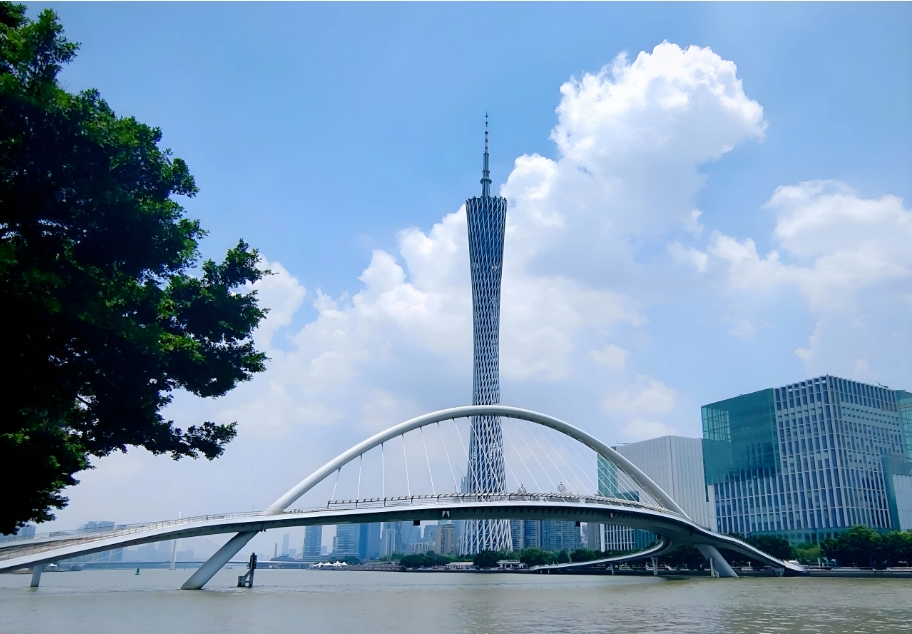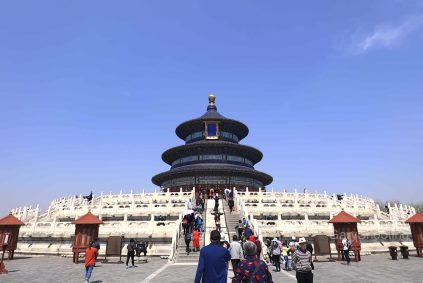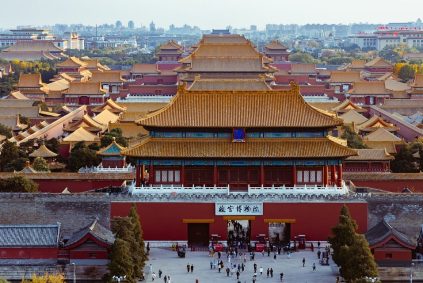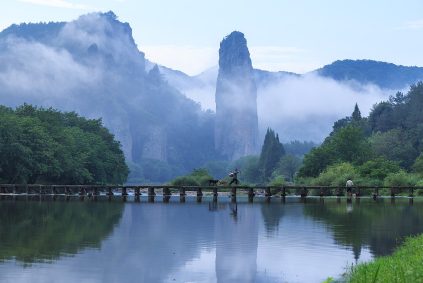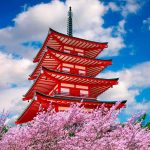The Vibrant World of Lion Dance Culture in Guangzhou
Guangzhou’s lion dance, a cornerstone of Lingnan cultural heritage, is a dynamic fusion of martial arts, dance, and music that has captivated audiences for centuries. Rooted in myth and history, this art form has evolved from a symbol of protection to a global icon of Chinese identity, embodying resilience, unity, and the spirit of innovation.
From Ancient Origins to Modern Revival
The origins of lion dance in Guangzhou trace back to the Tang Dynasty, when imperial court performances featuring lion-inspired dances spread to southern China via migrant communities. By the Ming Dynasty, the art form had crystallized in Guangdong’s Nanhai County, blending local folklore with martial arts traditions. A pivotal moment came during the Opium War, when the term “xing shi” (awakening lion) replaced “rui shi” (auspicious lion) to symbolize national awakening. This shift cemented lion dance as a patriotic emblem, echoing through history in events like the 1841三元里抗英斗争 (Sanyuanli Uprising), where performers rallied communities against foreign invasion.
Today, Guangzhou’s lion dance thrives as a living tradition. The art was inscribed on China’s first national intangible cultural heritage list in 2006, with provincial recognition in Guangzhou’s Yuexiu District in 2022. Modern practitioners, such as the youth teams in Huadu District’s Xinya Street and Xiuquan Street, master high-flying stunts like “腾跃” (soaring leaps) and “金鸡独立” (one-legged balance), while传承人 (heritage keepers) like Bi Guochao and Yin Lexing innovate through workshops and digital outreach.
Symbolism and Ritual: More Than Just a Performance
Every lion dance in Guangzhou is a tapestry of symbolism. The lion’s head, modeled after the mythical beast “狻猊” (suanni), features cloud patterns and fire motifs to ward off evil, while its colors represent historical figures from Romance of the Three Kingdoms: yellow for Liu Bei (wisdom), red for Guan Yu (loyalty), and black for Zhang Fei (courage). Even the choice of lion depends on the occasion—a red lion for weddings, a black lion for funerals, and a yellow lion for business openings.
Central to the ritual is “采青” (plucking the green), a dramatic sequence where the lion navigates obstacles to retrieve a bundle of lettuce and red envelopes. This act, performed to thunderous drum rhythms and the guidance of a clown-like “大头佛” (Big Head Buddha), symbolizes prosperity and perseverance. In rural Guangdong, villages still host nighttime performances with lantern-lit lions, a practice dating back to anti-plague rituals in the Song Dynasty.
Innovation Meets Tradition: Pushing Boundaries
While rooted in history, Guangzhou’s lion dance is a canvas for creativity. The acclaimed dance drama Awakening Lion, which has toured globally since 2018, reimagines the art through contemporary choreography, blending lion dance with南拳 (Southern Fist martial arts) and folk music. Its portrayal of two youths torn between personal ambition and national duty resonates with modern audiences, earning awards like the 11th China Dance “Lotus Award.”
Technological advancements have also transformed the craft. Teams now train on “梅花桩” (plum blossom poles) soaring up to 3 meters high, performing death-defying leaps over water—a spectacle popularized in destinations like Foshan’s Xiqiao Mountain. Meanwhile, heritage keepers collaborate with legal experts to protect intellectual property, ensuring traditional motifs aren’t misappropriated in commercial products.
Community and Legacy: Passing the Torch
Guangzhou’s lion dance thrives through grassroots initiatives. Since 2016, Bi Guochao and Yin Lexing have taught over 5,000 students across 11 Huadu schools, using phrases like “一头狮,两人演,一条心” (One lion, two performers, one heart) to instill teamwork. Youth teams, like the 18-year-old Deng Qinan’s squad, leverage social media to share training clips, attracting global fans.
Challenges persist, from dwindling funding to competition from digital entertainment. Yet, the art form’s adaptability ensures its survival. In 2025, Guangzhou’s lion dance will feature in the 15th National Games opening ceremony, while institutions like the Guangdong Art Theater host exhibitions linking the tradition to broader Lingnan culture. As Yin Lexing notes, “The lion’s roar isn’t just sound—it’s a call to preserve our heritage.”
Experience It Yourself
- Where to Watch: Catch performances at Guangzhou’s Chen Clan Ancestral Hall during festivals or join night tours in Shamian Island’s historic districts.
- Learn the Basics: Enroll in community workshops, such as those at Huadu’s Hongmian Primary School, where children master drum rhythms and lion movements.
- Digital Exploration: Follow teams like “狮鼓新鸣” (Lion Drum Resonance) on social media for behind-the-scenes training videos and cultural insights.
Guangzhou’s lion dance is more than entertainment—it’s a living dialogue between past and present, where every leap and roar tells a story of endurance, innovation, and communal pride.

